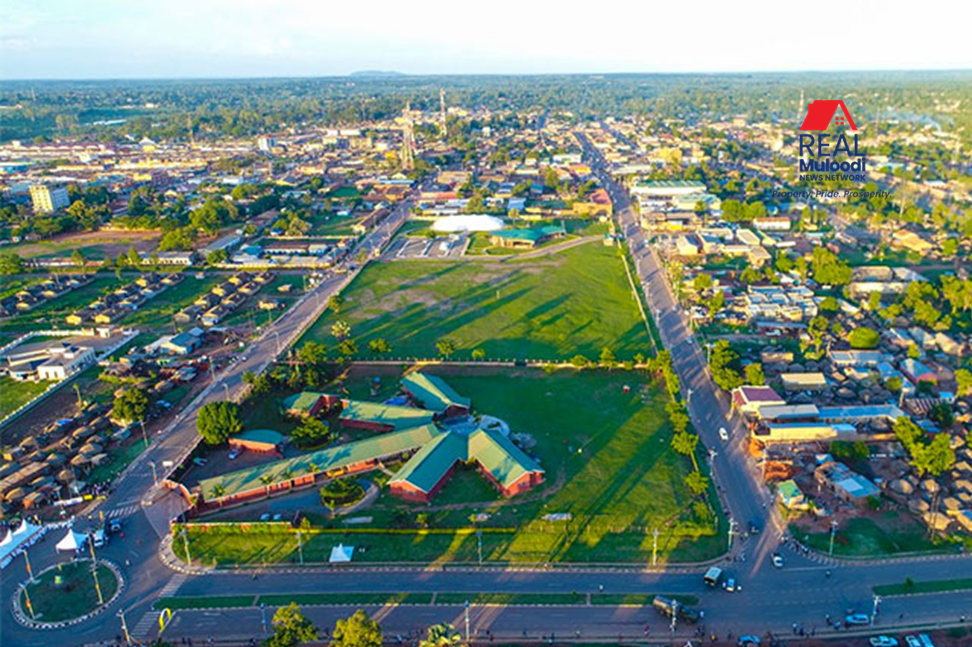UGANDA, Kampala | Real Muloodi News | Uganda embarked on a transformative journey in 2013 with the launch of the Uganda Support to Municipal Infrastructure Development (USMID) program, a groundbreaking initiative aimed at revolutionising urban development.
Initially planned for five years, the program, supervised by the Ministry of Lands, Housing, and Urban Development, made significant strides, prompting an extension until December 2023 through an additional financing phase.
The initial phase, backed by a $138 million fund allocation, was channelled into 14 participating municipal local governments, fostering infrastructure development and capacity building.
Notably, 10 of these locales were elevated to city status five years later, showcasing the tangible impact of the USMID program.
Initiated as a Programme for Results (PforR) venture underpinned by World Bank funding, the unique lending approach tied disbursements to the performance of local governments, instilling a results-driven ethos.
The additional financing phase, launched in April 2019 with a total injection of $360 million, including a $25 million grant, expanded the program’s geographical coverage to encompass eight more municipalities.
As the transformative phase draws to a close, leaders in implementing local governments, including Robert Mugabe Kakyebezi, the mayor of Mbarara city, express the need for an extension.
Kakyebezi emphasises the financial constraints faced by local governments, urging the World Bank to consider extending the program for another year.
The 14 municipalities initially benefiting from USMID were Tororo, Moroto, Soroti, Mbale, Jinja, Kabale, Masaka, Mbarara, Fort Portal, Gulu, Arua, Lira, Hoima, and Entebbe. Except for Entebbe, Tororo, Kabale, and Moroto, the rest have achieved city status.
The 33 local governments currently implementing the project are categorised as cities, municipalities, and district local governments hosting refugees.
The program’s ambit expanded significantly during the additional financing phase, reaching an additional eight municipalities and offering support to 11 refugee-hosting districts grappling with a high influx of refugees.
This expansion adopted a multifaceted approach, addressing infrastructure development, social cohesion, systematic land adjudication, titling, and strategic land planning for host communities.
At the core of USMID’s success is a meticulously arranged implementation framework, featuring a steering committee chaired by the permanent secretary/Secretary to the Treasury in the Ministry of Finance, Planning, and Economic Development, and a program technical committee chaired by the Ministry of Lands, Housing, and Urban Development, comprising members from 12 different ministries, departments, and agencies.
As Uganda’s real estate landscape transforms, the call for an extension reflects the ongoing need for sustained support in advancing urban development across the country.
READ MORE LIKE THIS:
Landlords in Hoima and Fort Portal Cities Refuse to Give Way to USMID Project
Lands Minister Nabakooba Commissions USMID Road Works in Busia



